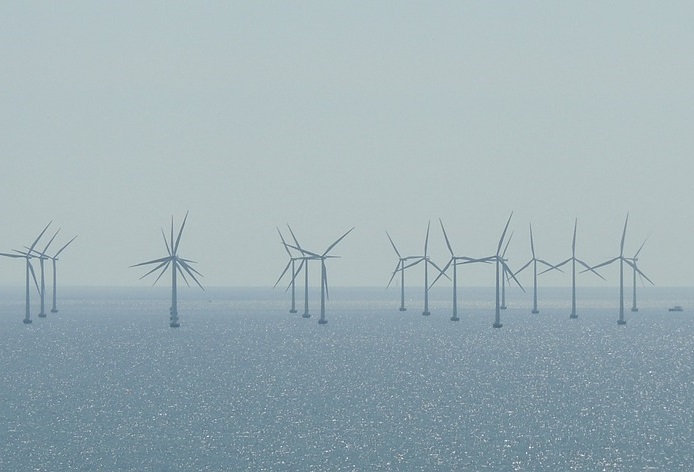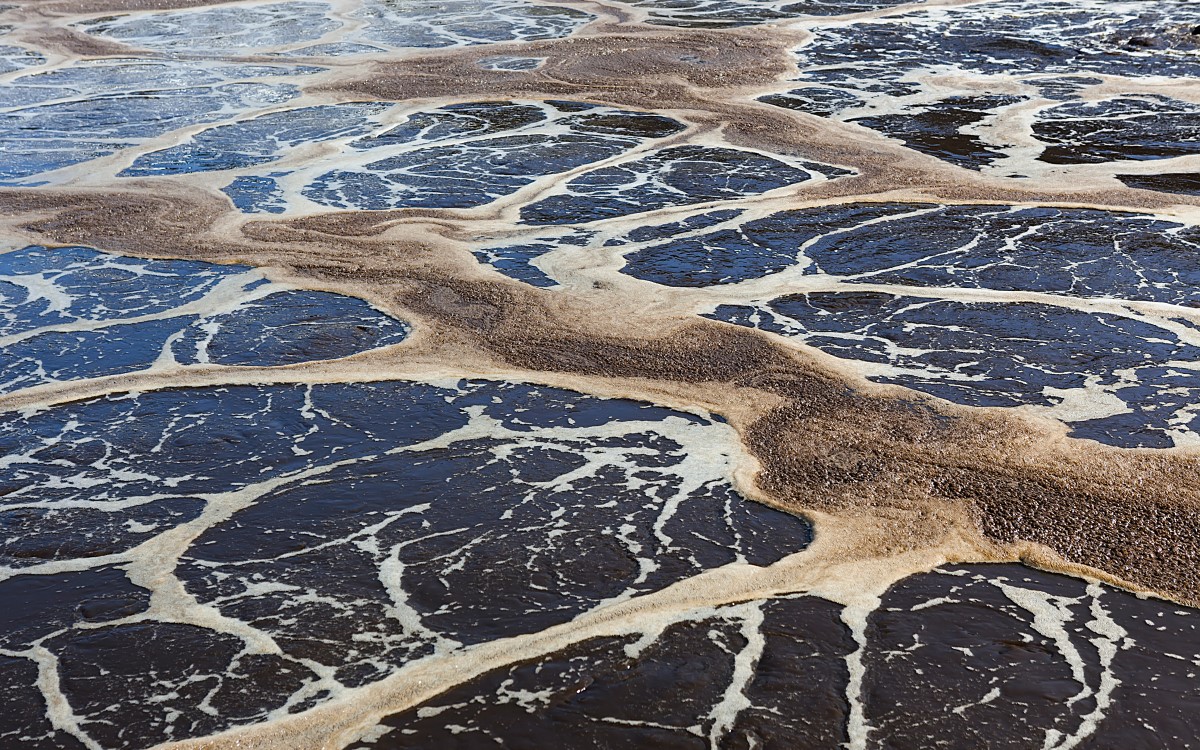Meeting the Paris Agreement climate targets to limit global warming to well below 2°C compared to pre-industrial levels is vital to avoid catastrophic climate change. However, the Paris Agreement also demands that mitigation decisions consider impacts on the SDGs. The SDGs, agreed in 2015, have the aim of ending poverty as well as protecting the environment. The SDGs cover a variety of areas, including hunger, energy, equality, education and health, as well as water and energy.
Water and energy goals are interdependent. Energy is vital to water and sanitation provision, for example in water pumping and treatment, while the energy sector is itself a large consumer of water, for example in power plant cooling and fuel processing. Reducing emissions from energy is key to achieving the Paris Agreement, therefore the research, which quantifies the interactions between the Paris Agreement and SDG6, will be useful to policymakers developing strategies for joint implementation.
The research was a collaboration between researchers from IIASA’s Energy, Water, and Transitions to New Technologies research programs and undertaken as part of the Integrated Solutions for Water, Energy and Land (ISWEL) Project. The researchers took a ‘nexus’ or integrated approach, looking at all the different elements within the water, energy and climate goals in an effort to balance the needs of each.
The international team enhanced the MESSAGEix-GLOBIOM integrated assessment model to account for changes in global water use as a result of socioeconomic change and the SDGs, and to link the projections to water availability, and the cost, energy and emissions impacts of future infrastructure systems. The scenario for population and economic growth was taken from the Shared Socioeconomic Pathways (SSPs) to look at different ways the world and society could progress. Policies consistent with the Paris Agreement and SDG6 were also included in the analysis.
Baseline, SDG6-Supply and SDG6-Efficiency
Three water sector development scenarios were developed to compare the costs and impacts – Baseline, which as the name suggests, implies ‘business-as-usual’, SDG6-Supply, which incorporates the baseline water use projections but includes the expansion of technologies to mitigate growth in water demand, and SDG6-Efficiency, in which society makes significant progress in reaching sustainable water consumption across all sectors.
The model showed that under a middle-of-the-road human development scenario, around US$1trn per year will be needed to achieve the SDG6 goals by 2030. Incorporating the climate targets consistent with limiting climate change to 1.5°C will increase these costs further by 8%. The cost of operating and transforming energy systems increases by 2-9% when the SDG6 goals are added, compared to a baseline situation where the SDG6 targets are not included. This is largely due to the need for energy-intensive water treatment processes and costs from water conservation measures.
“The results of our analysis show that combining clean water and climate policies can increase implementation costs, but these increases are relatively small in comparison to the cost for implementing each policy on its own. Finding and improving synergies between decarbonization and water efficiency is crucial for minimizing joint policy implementation costs and uncertainties”, says Simon Parkinson, a researcher from IIASA and the University of Victoria, who led the study.
To read the whole text and access additional information, please visit the IIASA website.







